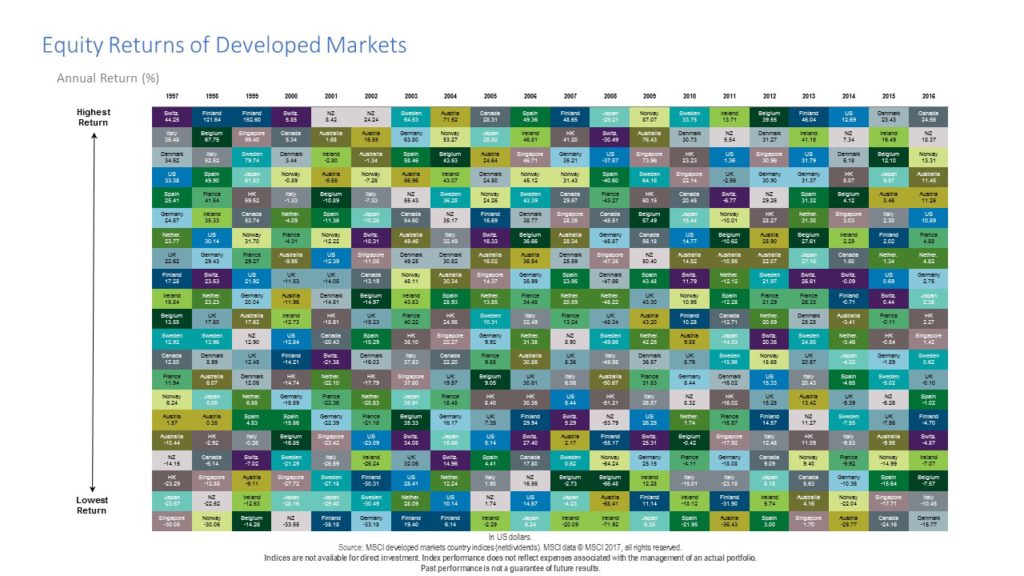Allocating Your Assets: Your Biggest Investment Decision
It’s so ingrained in how we manage our clients’ investment portfolios, we talk about it all the time. “Asset Allocation”. But what is it? What are assets, and what happens when you allocate them?
Asset Allocation: The Big Picture

Big picture, an asset is anything beneficial you have or have coming to you. For our purposes, it’s anything of value in your investment portfolio. After bundling your investable assets into asset classes, we allocate, or assign, each asset class a particular role in your portfolio. And we think this is one of the most important investment decisions you can make.

Posted by:
Waypoint Wealth Management
Your Retirement Plan Doesn’t Care About January
Have you heard of the “January Indicator” or “January Barometer?” This theory suggests that the price movement of the S&P 500 during the month of January may signal whether that index will rise or fall during the remainder of the year. In other words, if the return of the S&P 500 in January is negative, this would supposedly foreshadow a fall for the stock market for the remainder of the year, and vice versa if returns in January are positive.

I’ve heard this for years. And I can remember early on in my career probably giving it too much attention. After all, the financial news loves soundbites, and this was one that could grab viewer’s attention as we wonder about the upcoming year. But what does the evidence show us? Have past Januarys’ S&P 500 returns been a reliable indicator for what the rest of the year has in store? More importantly, should we care or worry about it? > SEE MORE

Posted by:
Waypoint Wealth Management
Our Brain And Our Behavior, Part One
If you have ever watched a youth soccer game, you’ve seen it. Basically, the players observe where everyone is headed (towards the ball), and follow suit. It doesn’t matter where the ball is located on the field or what position the child is in–they’re going after it with all their might! While it’s cute to watch, this cluster of uniformed chaos creates a hive of activity and works against them, making it difficult to move down the field.

In soccer, this behavior becomes less of an issue over time as the player learns the sport. In the world of personal finance, this type of behavior is referred to as herd mentality, a type of “behavioral bias”, and may not go away over time. And unfortunately, your own behavioral biases are often the greatest threat to your financial well-being.

Posted by:
Waypoint Wealth Management
How Should We Rank The World?
Maybe you wonder as you peruse the global news headlines with your morning coffee: “What really IS inside my international investments, anyway?” Or “Did Turkey’s stock market really go up by 252% in 1999?” Okay, maybe that’s a stretch and you’re not wondering about that. While we certainly hope that’s not on your mind, we do think it’s interesting to peek into the world of our investments and point out the messy truths of international diversification–especially with this area of portfolios doing very well as we head to the end of the first half of the year.
Let’s expand on last month’s post (here), where we reviewed the size (market cap) of markets worldwide. What if we could see the last 20 years’ annual performance, in order, for 41 various countries across the globe? More importantly, what can we learn from it? The picture below ranks the annual stock market performance for developed global markets (from highest to lowest) over the last 20 years:

Click here to view an enlarged image
What can we take away from an image like this, to help us to be better investors? > SEE MORE

Posted by:
Pete Dixon, CFP®
Partner and Advisor










